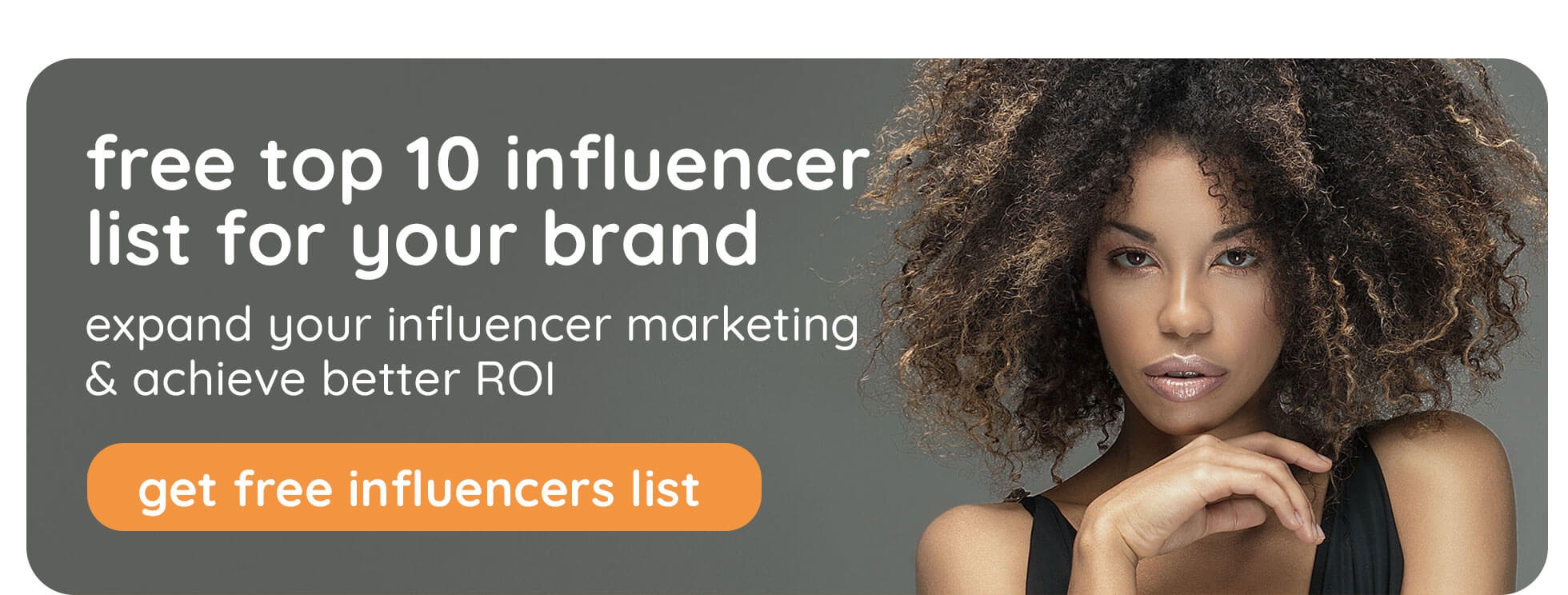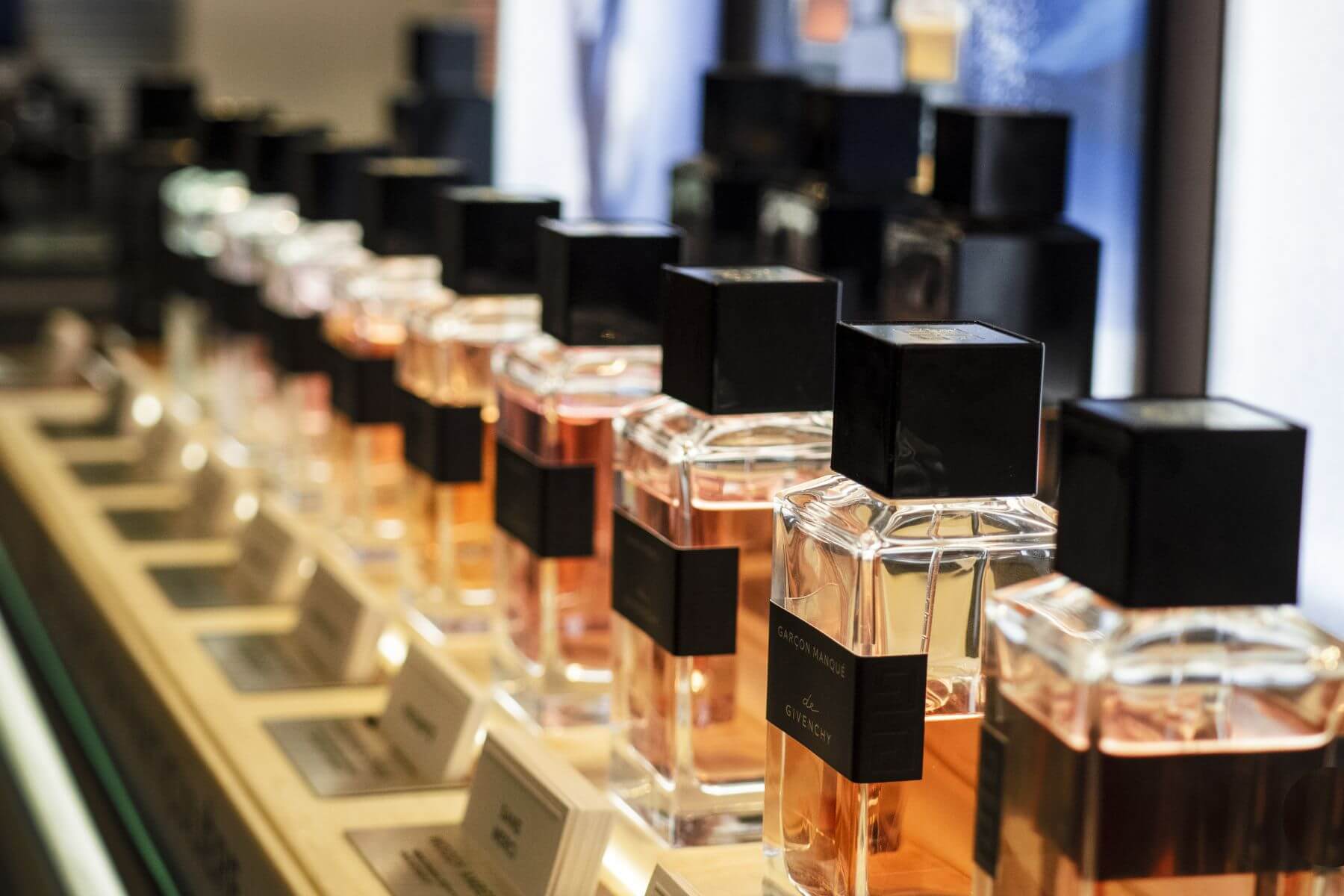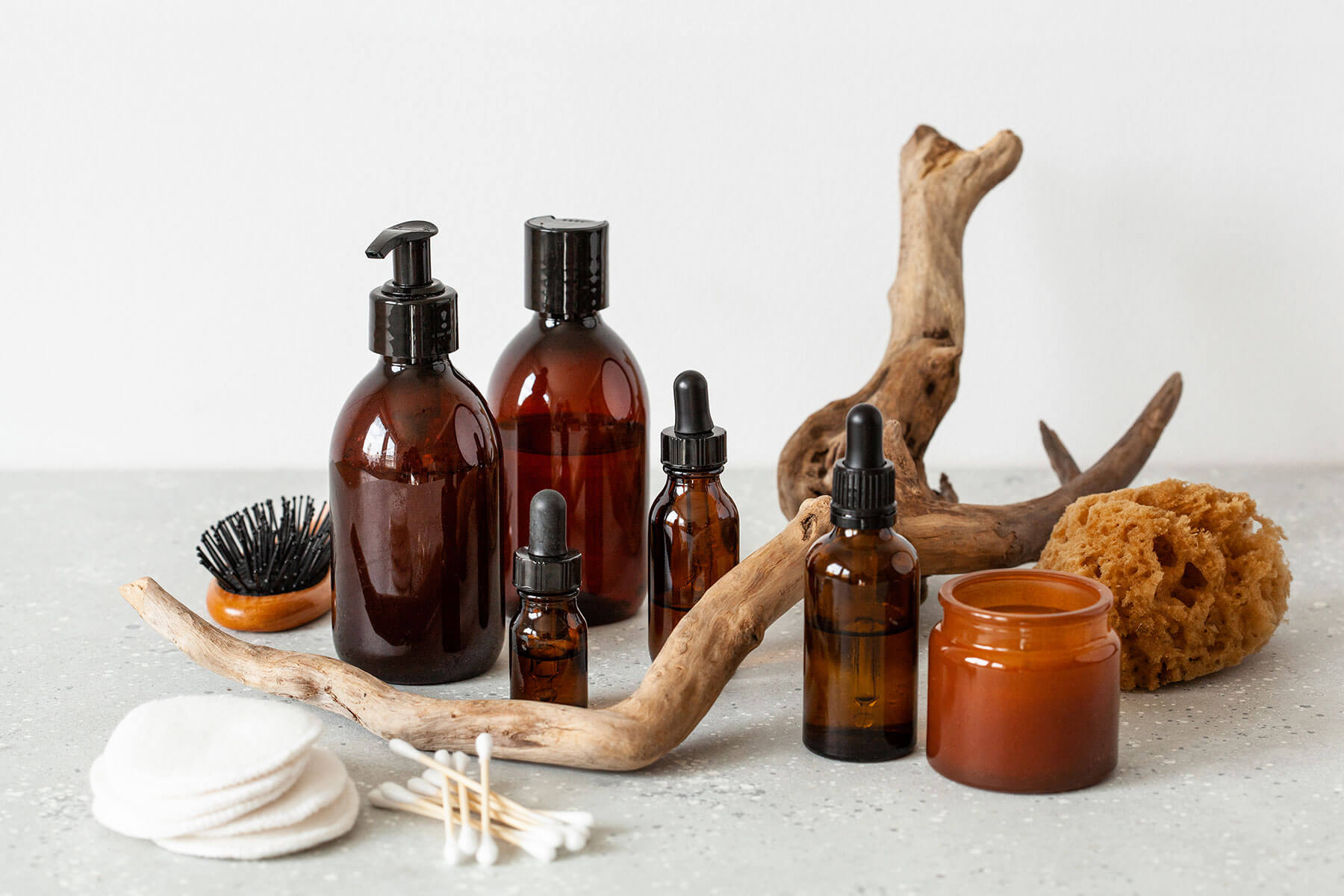There’s no denying the impact that COVID-19 has had on the beauty industry. From sales to social media performance, we’ve seen brand-defining figures peak and plunge over the past year. However, one area that has experienced a steady spike is influencer marketing, where the market size is expected to grow to $13.8 billion in 2021.
With consumers spending more time on their phones than ever before, beauty brands have realised that, in order to get noticed, they need to invest in small-screen advertising. But just how influential are your influencer marketing campaigns? Here, we reveal six statistics that show the true power of picking the right talent…
1. There are over 500,000 active influencers on Instagram alone
An influencer is classed as anyone creating content for a distinct following, with whom they actively engage. 500,000 leaves you with an overwhelmingly vast pool of potential brand partners to work with. And, these days, beauty brands aren’t just partnering with makeup, skincare and haircare ambassadors, but looking to influencers in adjacent verticals that align with their campaign values.
For example, when Clinique launched the CliniqueFit Workout makeup collection, they teamed up with professional dancer and fitness influencer Danielle Peazer to promote the products’ sweat-defying properties. Meanwhile, Origins partnered with nutritional therapist Madeleine Shaw to create the Glow-Co-Nuts Face Mask; a plumping treatment packed with natural foodie ingredients.
2. Micro influencers have the highest engagement rates across Instagram, YouTube and TikTok
Micro influencers are those with less than 15,000 followers. According to Influencer Hub’s Influencer Marketing Benchmark Report 2021, they gain engagement rates of 3.86%, 1.63% and 17.96% on Instagram, YouTube and TikTok respectively. A macro influencer (with 500,000 to one million followers) garners an average of 1.36%, 0.44% and 6.20% on the respective platforms, while a mid-tier influencer falls somewhere in between, with 1.62%, 0.43% and 6.67%.
Looking to transform how you identify and track the best influencers? Check out our new solution influencerCONNECT
3. TikTok’s average engagement rates are higher than Instagram’s or YouTube’s
TikTok is booming with the highest average engagement rates overall. As the platform’s star rises, users are giving its talent their undivided attention. Here’s how the figures stack up according to Upfluence data:
- Micro influencers with less than 15,000 followers: 17.96% engagement rate
- Regular influencers with 15,000 to 50,000 followers: 9.75% engagement rate
- Rising influencers with 50,000 to 100,000 followers: 8.37% engagement rate
- Mid-tier influencers with 100,000 to 500,000 followers: 6.67% engagement rate
- Macro influencers with 500,000 to one million followers: 6.20% engagement rate
- Mega influencers with over one million followers: 4.96% engagement rate
4. 67% of beauty enthusiasts turn to influencers before making a purchase
According to a Vetesse survey of 520 beauty enthusiasts on Facebook, the majority are tuning in to influencer content prior to purchasing beauty products:
- 59% look at third-party reviews
- 55% seek advice from beauty professionals and
- just 44% make decisions based on company advertisements.
5. 82% of consumers have increased their social media consumption since the outset of the pandemic.
That gives influencers – both beauty and non-beauty – a stronger platform than ever before. In response, much of the ad content we’ve seen has focused on informing and exciting users during lockdown. The goal? To bring products and their benefits to life in the absence of in-store testers.
6. Beauty brands receive an average return of £8.81 for every £1 spent on influencers
A survey by Celebrity Intelligence reveals the financial impact influencers can have on beauty brands, proving that such marketing efforts are worth the time and money you invest. However, 53% of those surveyed said that choosing the right talent is difficult, while 52% struggle to ensure their partnerships are authentic.
How to Harness the Power of Influence For Your Brand
While these statistics lay bare the opportunities that come from working with influencers, it’s important that brand partnerships are planned, built and carried out strategically. This begins with finding the right influencer for your brand campaign; a task that proves time-consuming and problematic without data to drive your decisions.
However, by employing an influencer service, like influencerCONNECT, you can find, validate, connect with and measure talent – all in one platform. The tool allows you to search for influencers across networks and categories, then filter results based on interests, age, audience demographic, location, and more.
From there, you can also validate potential partners by checking their average performance, looking at followers, engagement rate and reach across Instagram, YouTube, blogs and even TikTok.
In the same service, influencerCONNECT helps you manage your communications effectively, making it easier to forge connections and plan your campaigns. Then, once your ads go live, you can track their impact in real-time. Soon, you’ll have a set of metrics to guide your future influencer campaign strategies.
To find out more about how mmi can help you plan, track and evaluation your influencer campaigns, book a demo.





